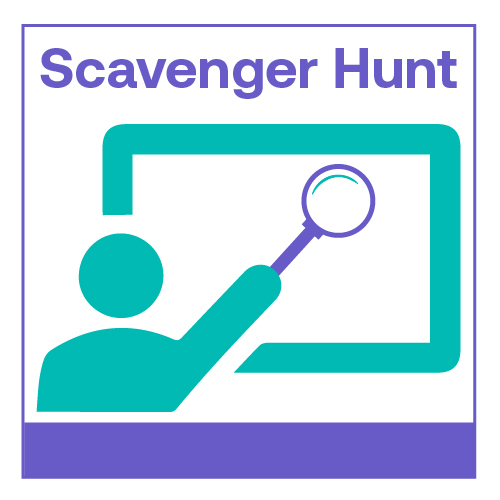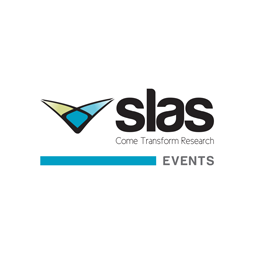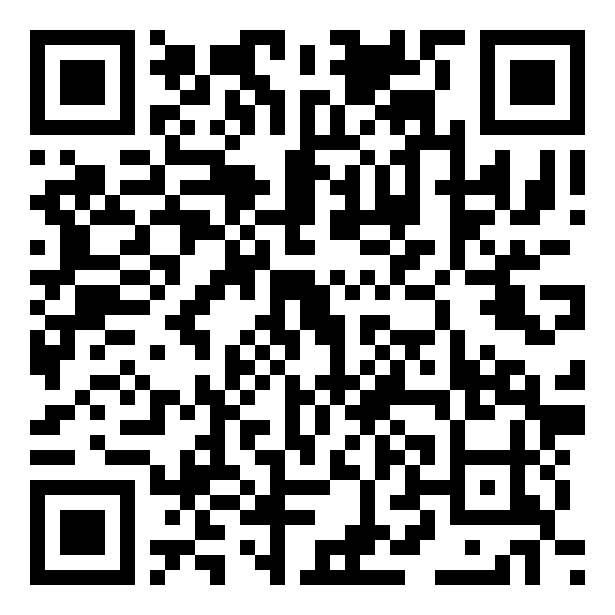Back

 View Leader Board
View Leader Board



Micro- and Nanotechnologies
Characterizing Drug Resistant Leukemia Cells Based on Their Altered Mechanical Properties by High-throughput Cyclical Deformability Cytometry
- CL
Chau Ly
PhD Candidate
University of California, Los Angeles
Los Angeles, CA, United States
Primary Author - January Poster(s)
Abstract: Resistance to chemotherapy and the recurrence of cancer is the major cause of death across both solid and hematologic cancers. In B-cell Acute Lymphoblastic Leukemia (ALL), relapse after initial chemotherapy treatment is common in patients and remains a major cause of death. To improve patient outcomes, there is an urgent need to distinguish drug-resistant cells from drug-sensitive cells. Here we investigate the mechanical properties of drug resistant B-ALL cells and test the hypothesis that mechanical phenotype can predict resistant versus sensitive cells. Cellular mechanical properties are an emergent phenotype of cells that capture cytoskeletal, nuclear, and molecular phenotypes and can provide a label-free strategy for characterizing cells. To model drug resistance in B-ALL, we use cells derived from B-ALL patients that are treated with a standard multidrug chemotherapy regimen of vincristine, dexamethasone, and L-asparaginase (VDL). To quantify the mechanical phenotype of VDL-resistant versus sensitive cells, we utilized a high-throughput microfluidic device to flow cells through a series of narrow constrictions that are a fraction of the cell diameter; we call this method quantitative cyclical deformability cytometry (qc-DC). The qc-DC device models the pulmonary system where leukocytes circulate and deform through narrow capillary beds. Using automated image analysis, we track the sequential deformations of individual cells and extract time-dependent features including cell shape and transit time with single-cell resolution. Our findings reveal that VDL-resistant ALL cells are more deformable than VDL sensitive cells, as shown by the faster transit times and velocity. In future studies, determining the origins of the differences in cell mechanical behavior between VDL-resistant and sensitive cells could provide valuable insights into mechanisms of drug resistance and could also provide a complementary, predictive prognostic tool to guide treatment strategies and therapeutic intervention.
 View Leader Board
View Leader Board
Your Points: 0
Scan and Win! Complete as many scavenger hunt questions as possible. You will find scavenger hunt QR Codes to scan on participating posters. Each participating poster in the exhibit hall will have a QR code next to it. For virtual participants, look for the scavenger hunt icon for participating posters.
SLAS Events

Instructions
Each poster participating in the scavenger hunt will have a SCAVENGER HUNT QR code. When that QR code is scanned using the SLAS2022 app, question about the poster will appear. You must answer the question correctly to collect points. BE SURE TO EXPLORE THE POSTER BEFORE SCANNING THE CODE! SLAS will award three prizes to the participants with the most points.
1st Prize - Comp Reg + Hotel/Airfare to SLAS2023 in San Diego
2nd Prize - $50 Starbucks Gift Card
3Rd Prize - $25 AMEX Gift Card
Keep an eye on the leader boards to see who’s at the TOP. Winners will be announced after SLAS2022.
Each participating poster in the exhibit hall will have a QR code next to it. For virtual participants, look for the scavenger hunt icon for participating posters.
1st Prize - Comp Reg + Hotel/Airfare to SLAS2023 in San Diego
2nd Prize - $50 Starbucks Gift Card
3Rd Prize - $25 AMEX Gift Card
Keep an eye on the leader boards to see who’s at the TOP. Winners will be announced after SLAS2022.
Each participating poster in the exhibit hall will have a QR code next to it. For virtual participants, look for the scavenger hunt icon for participating posters.
